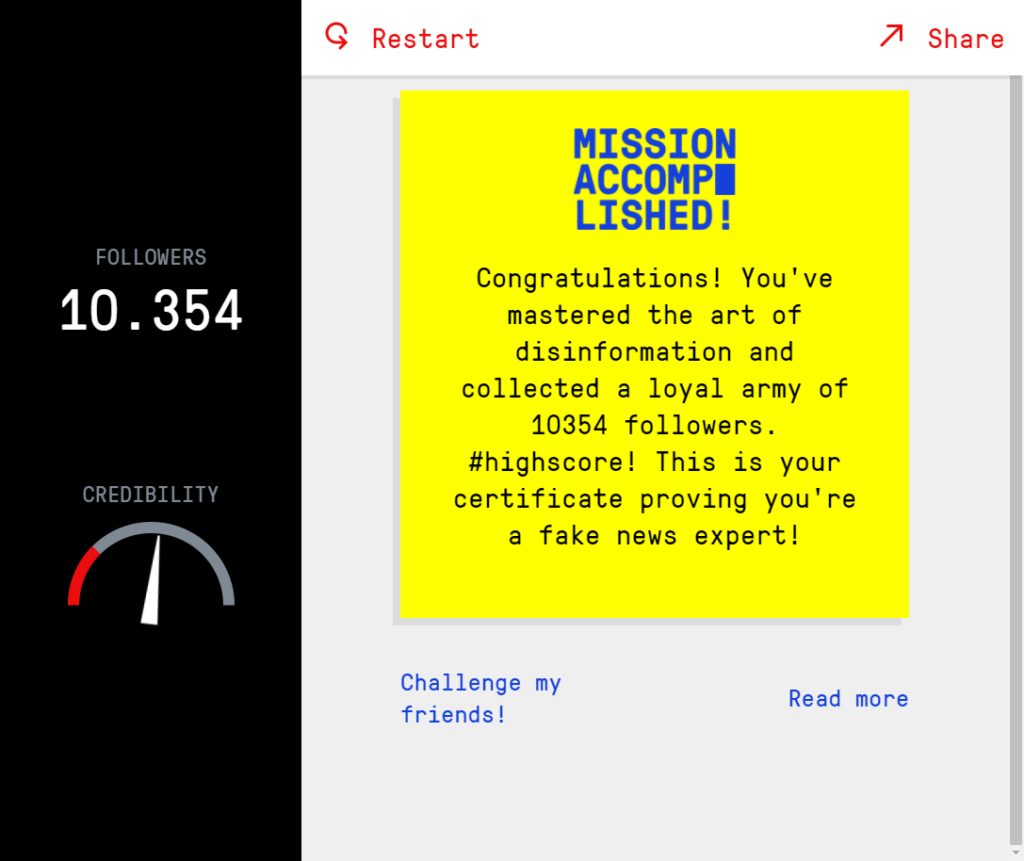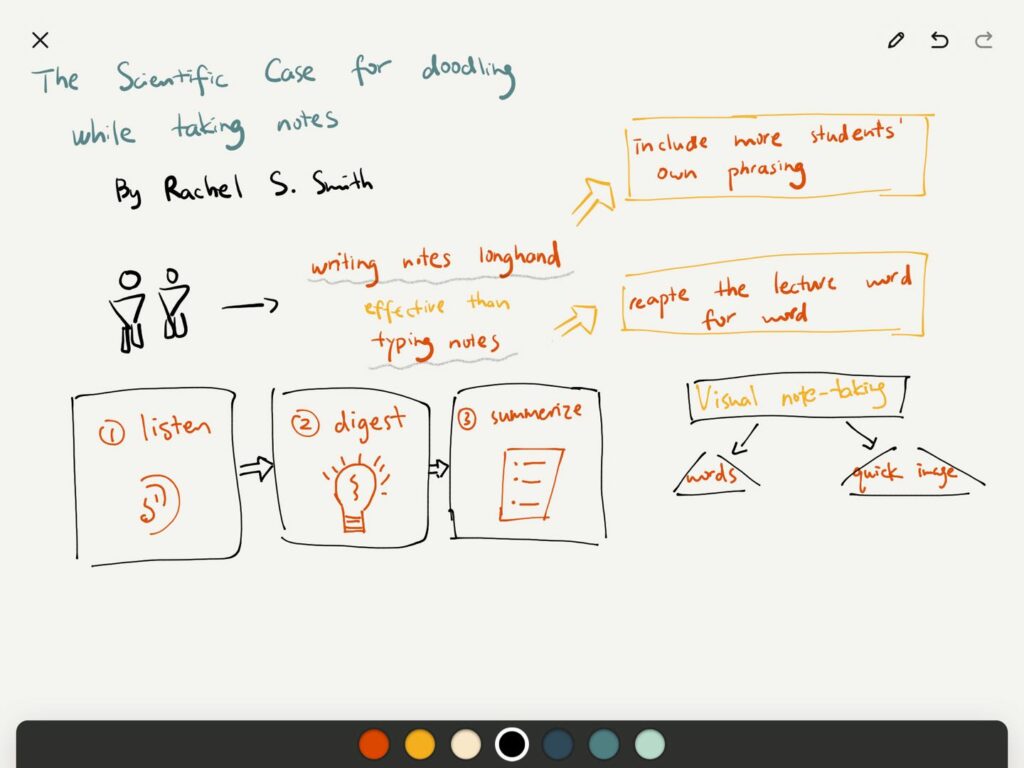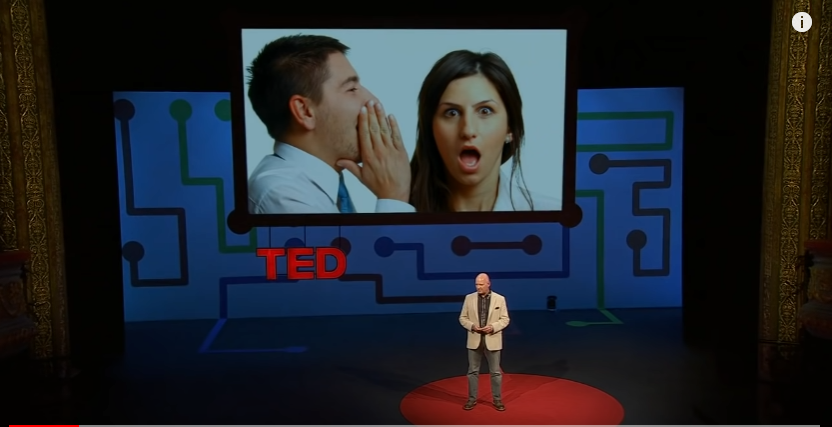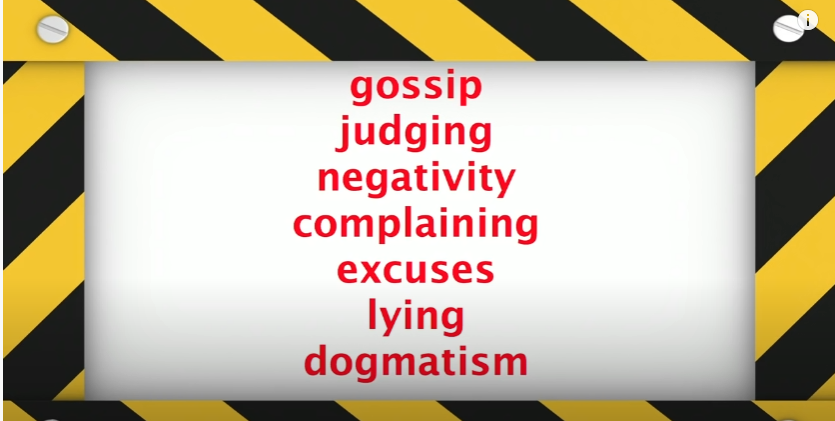I really like how you actually bolded, underlined, and italicized the text, it benefits people from understanding the text and creates fun. You followed the redundancy principle nicely, and you use paragraphs to list and explain your thinking. Furthermore, you followed the coherence principle, because you stick to principles that related to Twine. It was a really great blog post. I wonder if you could add a picture that is more related picture in your blog post. Overall it’s a well-explained post, you clearly showed your thinking, great job!
Category: EDCI337-Assignment 2 – Blog Feedback
I like your explanations about the multimedia principles that Twine directly related to, you showed your thinking and evidence. You followed the coherence principle because you only talked about things related to Twine and extraneous material is excluded. You also followed the multimedia principle because you added a picture to your post. I wonder if you could use the signaling principle more so that people are easier to read and understand. Overall it’s a great post, I like it!
You clearly list all the principles that Bad News has followed, and adds a screenshot of Bad News, which follows the multimedia principle. Also, you put the screenshot next to your text, and that follows the split-attention principle. I wonder if you could use a pre-training principle, that tells people what is Bad News and what does it do. Overall this is a great blog post, the bullet points make me easy to read, I like it!

Bad News is a game that gives people examples of disinformation on the internet. It followed the segmenting principle because people could read the text at their own pace. Also, it followed the personalization principle since the conversation is in a conversational style. It gave feedback to people to see the result of disinformation(the number of followers) therefore it followed the feedback principle. And lastly, it gave worked examples so it followed the worked example principle.
There are also some principles that Bad News did not follow. For example it did not follow the multimedia principle. Most of the game is in words alone.

Sketchnote is a great tool for students to effectively take notes in class or remember lectures. It follows the cognitive load theory because it summarizes the knowledge and puts them into short words and simple sketches. People would likely memorize the main idea of a lecture than the whole lecture. Other than that, sketchnote also follows
- multimedia principle: sketchnote contains both words and pictures(sketches).
- split-attention principle: texts and sketches are physically integrated.
- signaling principle: sketchnote only contains highlighted and important texts.
- self-explanation principle: people are showing their understanding to the lecture because they digest and summarized by themselves.
Sketchnoting would be very helpful in my school work and in life in general. It allows me to take quick notes in class and summarize them in advance, so I would understand the knowledge as soon as possible. And it would be so helpful when I want to review them since I have the summary and I don’t have to review the whole lecture. We are using reflecting blogging, group project, and game-based and new skill development as active learning methods in EDCI 337.
The TED Talk I am reviewing today is called “How to speak so that people want to listen” by Julian Treasure. He followed the multimedia principle as he used PowerPoint to assist his speech. Also, he followed the modality principle because he did not use printed text in his slides. He narrated the information most of the time. As the cognitive load theory stated that we should limit the things we give in a short time, and that refers to we should put only one thing in one PowerPoint slide, Julian Treasure did only put one piece of information in one slide of his PowerPoint. For example, he put one picture per slide or one list per slide.


In the above slide, he broke the rule of Cognitive Load Theory because he put more than 6 objects in this slide. However, he did follow the signaling principle because he typed red words in the middle of the slide to make people pay attention to the words.

The above slide is another evidence that he follow the signaling principle, as well as the coherence principle. He used contrast to move the audiences’ attention so that the audience can easily focus on what he was talking about.
In the last part of his presentation, he asked the audience to follow him to do some practice to relax their mouth before giving a speech. This action followed the self-explaining principle because this allowed audiences to generate self-explanations.
The link to Julian Treasure’s TED Talk:
Reference
TED. (2014). How to speak so that people want to listen | Julian Treasure [Video]. Retrieved from https://www.youtube.com/watch?v=eIho2S0ZahI
- Segmentation principle: The Twine story gives the audience the opportunity to read the story at their own speed. It is presented in learner-paced segments.
- Personalization Principle: The storytelling is more like a conversational style presentation rather than a formal style. This principle stated that a conversational style presentation is better.
- Embodiment Principle: The speaker’s image is not on the screen when the story is told, which implies the embodiment principle.
One way I could use Twine story is educational purpose presentation. For example, when I try to teach people the importance of Math, I could use Twine as a storyteller to tell them a little story that indicates the importance of Math. For another example, I could use Twine as a text game tool to start a nice book, so learners might be more interested in the book.
The following is my Twine story.
http://twinery.org/2/#!/stories/12eb02ef-94fd-4eec-82eb-3d175de9bf45
References
musictoyourhome. (2021). 8 Easy Guitar Songs For Every Beginner [Image]. Retrieved from https://www.musictoyourhome.com/blog/8-easy-guitar-songs-for-every-beginner/
PNGJOY. Meme Man – Harold Thumbs Up [Image]. Retrieved from https://www.pngjoy.com/preview/d2e9g2e8n9d4z3_meme-man-harold-thumbs-up-png-download/
bhphotovideo. (2017). 5 Mistakes This Guitarist Made on Stage [Image]. Retrieved from http://bhphotovideo.com/explora/pro-audio/tips-and-solutions/5-mistakes-this-guitarist-made-on-stage
Xinyi Li
Your blog post on the effective way of learning explained the Dual Coding Theory, and also expressed your thinking about future presentations. You follow the pre-training principle because you explained the Dual Coding Theory in advance, and you also follow the redundancy principle, because you presented all the same information in one format. I wonder if you could add references at the end of your post to indicate the source of the video, and try to be careful with the spelling of few words?
Sydney Ellis
You did a very good job in explaining the principles that Dr.Pastore did not follow in his video, and also showed your critical thinking on why an expert might not follow every principle. Excellent video on how to determine measures using Excel. I wonder if you may add subtitles between paragraphs to make it more clear for the reader? Overall it was an excellent blog post.
Sydney Wood
-Showed your critical thinking about lesson plans and multimedia principles that relate to H5P interactive video. Excellent job.
-Perfect H5P interactive video on the frequency bar chart in Excel, followed the signaling principle, spatial and temporal contiguity, and feedback principle.
-I wonder if you may try to separate your paragraph into more paragraphs, to make the readers easier to read.
Recent Comments